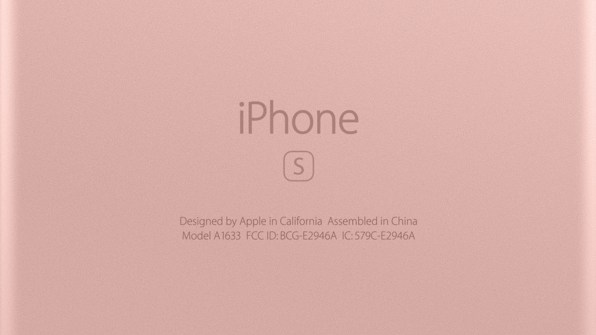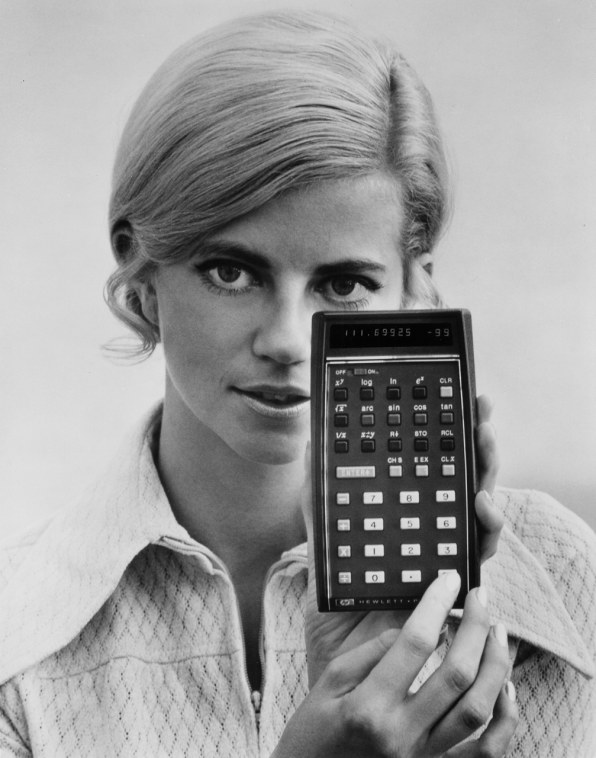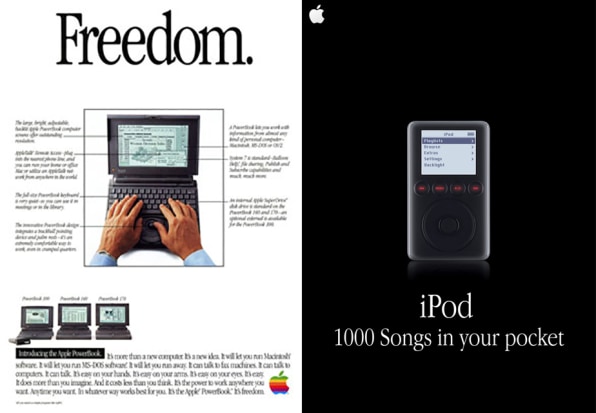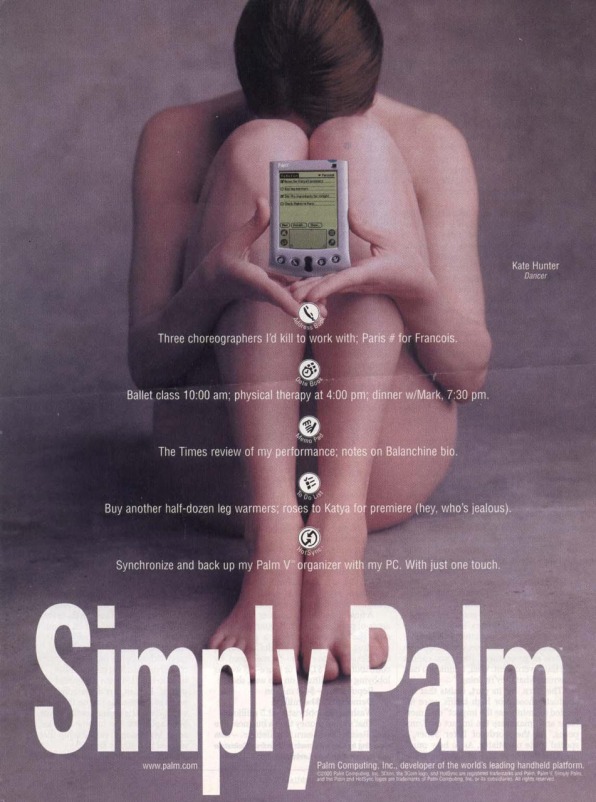How to Read California Criminal History Information
Provenance can tell us a lot virtually a product. "Made in China" became synonymous with mass-produced, cheaply made appurtenances in the 1980s. "Made in Italian republic" has long been used to signify craft and luxury. Of course, the truth is that you can discover both well- and poorly made items under both labels, but there'due south a longstanding belief that identify matters.
Over the past few decades, another slogan emerged: "Designed in California." The nigh obvious example is Apple, which emblazons the phrase all over its products, and even turned it into a total-fledged ad campaign in 2013. A number of other startups accept printed that phrase on their products, too. Fifty-fifty companies outside of tech, including the shoe company K-Swiss and the interior pattern firm Commune, narrate their work as "Designed in California."

Why, and when, did those three words take on and so much capital letter with consumers? According to the curators of a new exhibition on Californian pattern at the Pattern Museum in London, "Designed in California" sells freedom—and that'south what consumers want today.
Tracing the rise of the slogan mirrors a sweeping change in how design itself is defined. Traditionally, it meant article of furniture, textiles, domestic products, and graphics. Today, the subject is much broader and includes software, user interfaces, and experience design. "For united states information technology'south non so much a 'when' as a 'what,'" Justin McGuirk, curator ofCalifornia: Designing Freedom, tells Co.Blueprint via email. "The shift from 'Made in Italy' to 'Designed in California' is about a shift in design from home furnishings to devices."
As McGuirk explains, Italian design became synonymous with the idea of modernity in the postwar era. Thoughtfully designed, well-fabricated, and mass-produced products were positioned as agents of democracy, and everyday people could alive better lives considering of these things. "Italian republic'south preeminence was based on a combination of adroitness with modernization, supplying a growing heart course with the trappings of a higher quality of life," he says.
Meanwhile, engineers and designers in California were taking avant-garde wartime military applied science and translating it into products like the beginning computers. But to sell them, they needed to find a way to get people interested in these novel—and expensive—devices. In the '70s, people didn't inherently sympathize tech's potential usefulness to their everyday lives yet. Information technology was something for scientists, astronauts, and big business. But that apace began to change.

For instance, when Hewlett-Packard debuted its HP-35 scientific pocket computer—a device that was able to do complex trigonometric functions—in 1972, it set a precedent for how California-designed products could brand users' lives easier by putting them in command of the tech. The company staged a huge advertising campaign that showed its product tucked into a shirt pocket with a clear numerical read-out on the screen. Side by side to it was a clunky slide rule and the phrase: "the showtime pocket respond machine that speaks your language." This formula was later repeated advertisement infinitum.
"One theme stands out in particular: the idea of personal liberation," McGuirk says. "The advertizement for Apple's PowerBook 100, for instance, has a ane-discussion slogan: 'Freedom.' The notion that a computer could be as portable equally a book was presented every bit liberating. Applied science, then and now, is perceived every bit enabling you to do annihilation, anywhere. This is all propagating the notion that the right kind of personal calculator could help you become your truthful cocky."

Advertizement introduced consumers to the thought that they could express themselves through technology, and that technology could become role of their identities. When the Osborne Computer Visitor began selling portable computers–a predecessor to laptops–in the early '80s, it framed them as a way to stay competitive at work. The guy without one "doesn't stand a hazard" against one who does, an ad states. Other tech companies emphasized the personal relationship someone would have with technology, like Palm and its controversial "Simply Palm" campaign, which depicted a nude woman cradling one of their personal digital assistants. Marin Bikes, a company founded in the '80s, named itself after the Bay Expanse county as a fashion to capitalize on what the region symbolized.

As blueprint historian Barry Katz writes in the exhibition'southward catalog: "Thirty years agone, the suggestion that the Bay Area might some twenty-four hours become a center of pattern would have been met with bemused smiles from the ateliers of Milan, Paris, London, Tokyo, or New York, but today–driven by the ideal of mobility and grounded in the relentless pursuit of miniaturization–this is incontestably the example."
Source: https://www.fastcompany.com/90129351/the-history-of-designed-in-california
0 Response to "How to Read California Criminal History Information"
Postar um comentário